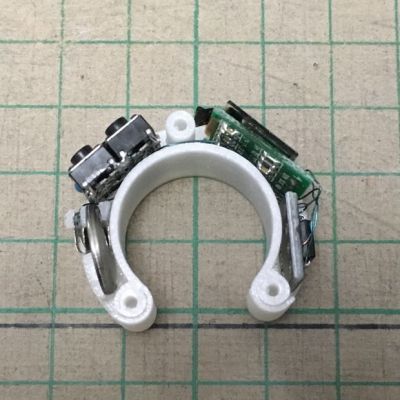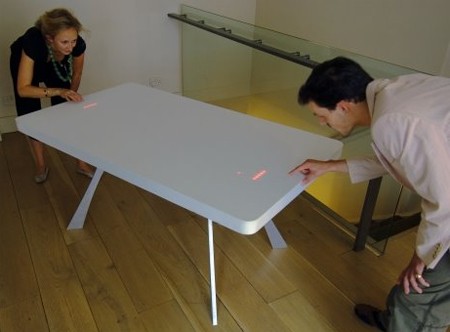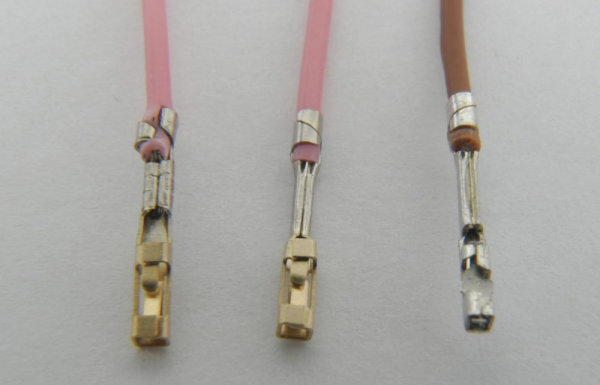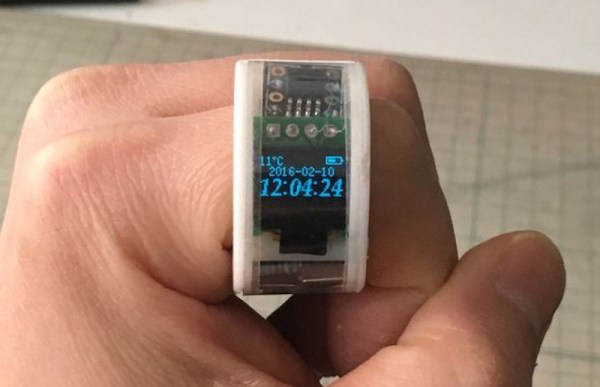Disappointing news this week for those longing for same-hour Amazon delivery as the retail giant tapped the brakes on its Prime Air drone deliveries. The pause is partially blamed on a December incident at the company’s Pendleton, Oregon test facility, where two MK30 delivery drones collided in midair during light rain conditions. A Bloomberg report states that the crash, which resulted in one of the drones catching fire on the ground, was due to a software error related to the weather. As a result, they decided to ground their entire fleet, which provides 60-minute delivery to test markets in Arizona and Texas, until a software update can be issued.
dupont7 Articles
Crimping Tools And The Cost Of Being Cheap
Crimp connectors provide an easy and convenient way to connect electronics while still allowing for them to be removed and swapped without having to reach for a soldering iron and desoldering wick. While browsing one’s favorite cheap shopping site, you may get the impression that all one has to do to join the world of crimp-awesome is order a $20 crimp tool and some assorted ‘JST’ and ‘DuPont’ (a Mini-PV clone) connectors to go with it. After all, it’s just a bit of metal that’s squeezed around some stripped wire. How complicated could this be?
The harsh truth is that, as ridiculous as the price tag on official JST and Mini-PV crimping tools may seem at hundreds of dollars each, they offer precise, repeatable crimps and reliable long-term stability. The same is true for genuine JST, Mini-PV and Molex connectors. The price tag for ‘saving a buck’ may end up being a lot higher than the money originally saved.
Continue reading “Crimping Tools And The Cost Of Being Cheap”
USB Power Has Never Been Easier
USB cables inevitably fail and sometimes one end is reincarnated to power our solderless breadboards. Of course, if the cable broke once, it is waiting to crap out again. Too many have flimsy conductors that cannot withstand any torque and buckle when you push them into a socket. [PROSCH] has a superior answer that only takes a couple of minutes to print and up-cycles a pair of wires with DuPont connectors. The metal tips become the leads and the plastic sheathing aligns with the rim.
The model prints with a clear plus sign on the positive terminal, so you don’t have to worry about sending the wrong polarity, and it shouldn’t be difficult to add your own features, like a hoop for pulling it out, or an indicator LED and resistor. We’d like to see one with a tiny fuse holder.
If you want your breadboard to have old-school features, like a base and embedded power supply, we can point you in the right direction. If you are looking to up your prototyping game to make presentation-worthy pieces, we have a host of ideas.
Inside The Secret World Of Crimping
At some point in your electrical pursuits, you’ll need to make a connector. Maybe you’re designing something that will connect to another device, or maybe the spaghetti mess of wires coming out of your Raspberry Pi has become a pain to deal with. Whatever the reason, a proper connector can solve a lot of headaches in electronics projects.
Your first thought might be to run to your favorite component distributor and order the connectors, terminals, and crimping tool. Unfortunately, those tools can cost thousands of dollars. Maybe you’ll just solder the connectors instead? Don’t! It makes for easily damaged connections.
Fortunately, [Matt Millman] has a great guide on wire-to-board connectors. This guide will explain why you should never solder crimp terminals and then get into working with some of the most common wire-to-board connector families.
For example, the Mini-PV series (which often get called “Dupont”) are one of the most ubiquitous connectors in hobbyist electronics. They’re the connector on those rainbow colored jumper wire sets, and connect perfectly to 0.1″ pin headers. The connectors and terminals are cheap, but the official HT-0095 crimp tool costs over $1500. Most crimp tools make a mess of these terminals since they require a cylindrical jaw to crimp correctly. By using a combination of two unofficial tools, you can crimp these connectors properly for under $60.
If you want to learn more about the art of wiring, the NASA Workmanship Standards are an interesting read.
[Thanks to MarkMLl for the tip!]
ATtiny Watch Is Tiny
[陳亮] (Chen Liang) is in the middle of building the ultimate ring watch. This thing is way cooler than the cheap stretchy one I had in the early 1990s–it’s digital, see-through, and it probably won’t turn [陳]’s finger green.
 The current iteration is complete and builds upon his previous Arduino-driven watch building experiences. It runs on an ATtiny85 and displays the time, temperature, and battery status on an OLED. While this is a fairly a simple build on paper, it’s the Lilliputian implementation that makes it fantastic.
The current iteration is complete and builds upon his previous Arduino-driven watch building experiences. It runs on an ATtiny85 and displays the time, temperature, and battery status on an OLED. While this is a fairly a simple build on paper, it’s the Lilliputian implementation that makes it fantastic.
[陳] had to of course account for building along a continuous curve, which means that the modules of the watch must be on separate boards. They sit between the screw bosses of the horseshoe-shaped 3D-printed watch body, connected together with magnet wire. [陳] even rolled his own coin cell battery terminals by cutting and doubling over the thin metal bus from a length of bare DuPont connector.
If you’re into open source watches but prefer to wear them on your wrist, check out this PIC32 smart watch or the Microduino-based OSWatch.
Flexible Circuit Valentine

[xander] built this LED valentine for his loved one. It’s interesting because he used Pyralux, a flexible circuit board material from DuPont. He describes the consistency as “tough plastic tissue-paper”, but had no trouble using standard toner transfer etching. It has an ATtiny45 microcontroller that pulses the 16 LEDs at an approximation of his heart beat. To avoid soldering a bunch of surface mount resistors, he used two constant current shift registers.
Embedded LED Pong Table

There are few things that are enduring and axiomatic in life, but one of the things on our short list is love of Pong. Designer [Moritz Waldemeyer] apparently shares our obsession: you may remember the LED-lined stage uniforms he designed for OK Go, but this concept for a Pong table is certainly older and arguably several times more awesome.



![USB to Dupont adapter by [PROSCH]](https://hackaday.com/wp-content/uploads/2022/01/2022-01-01-USB-to-DuPont-adapter-feat.jpg?w=600&h=450)











